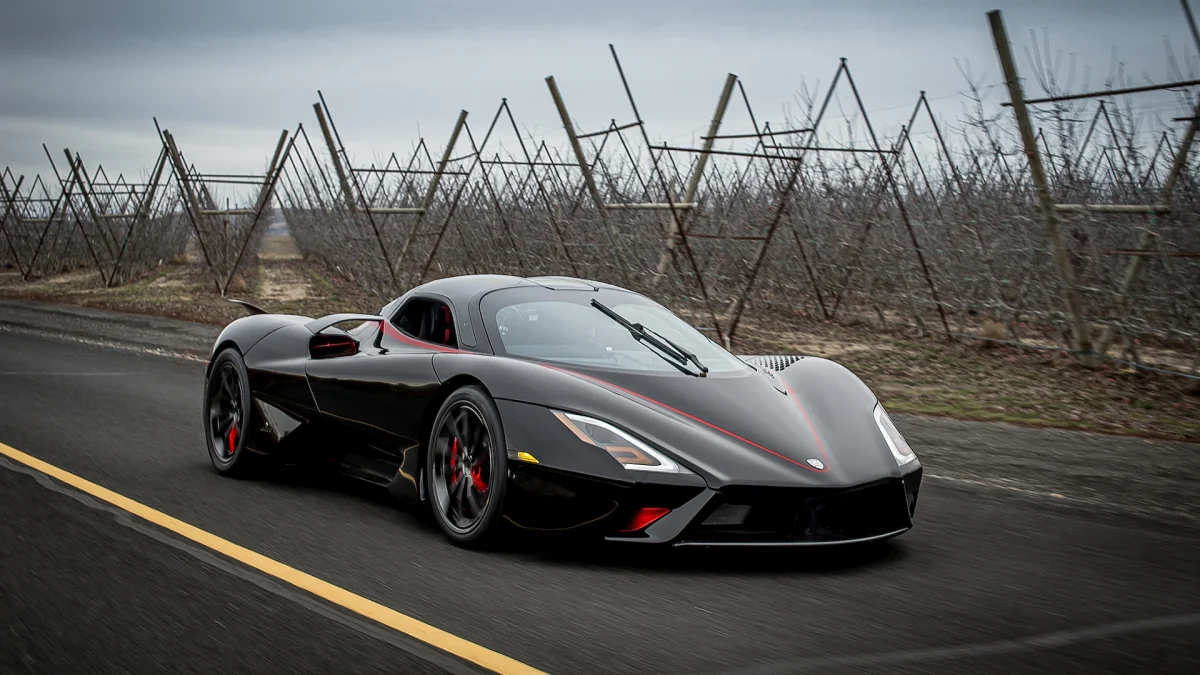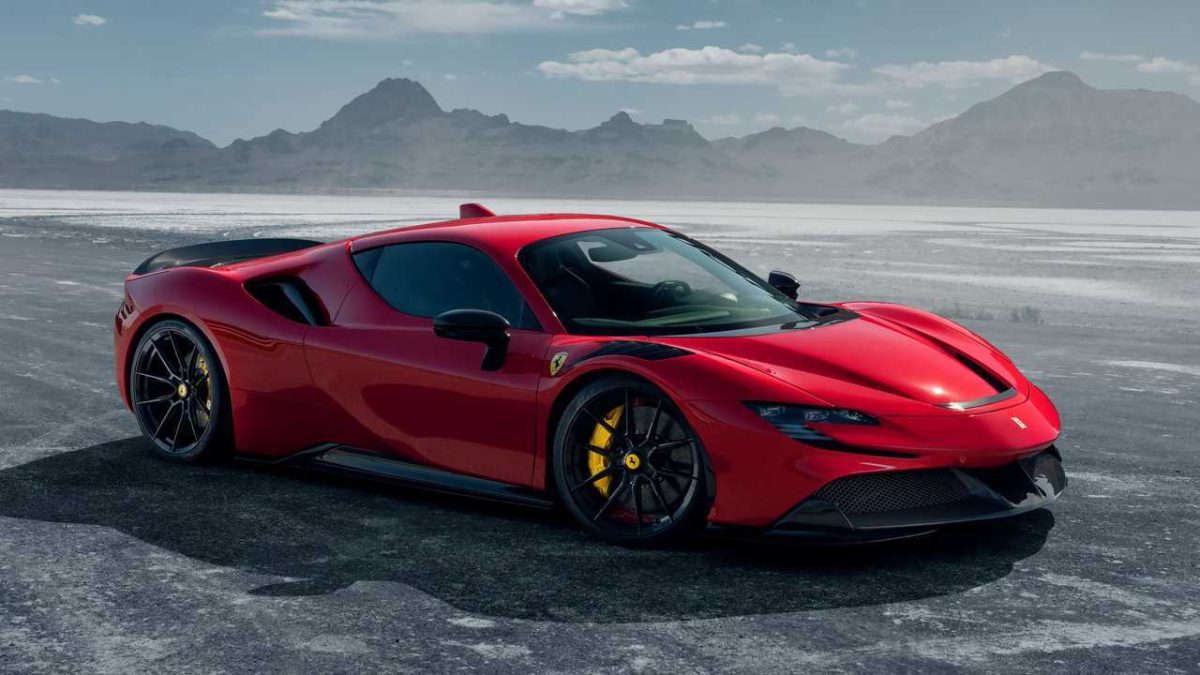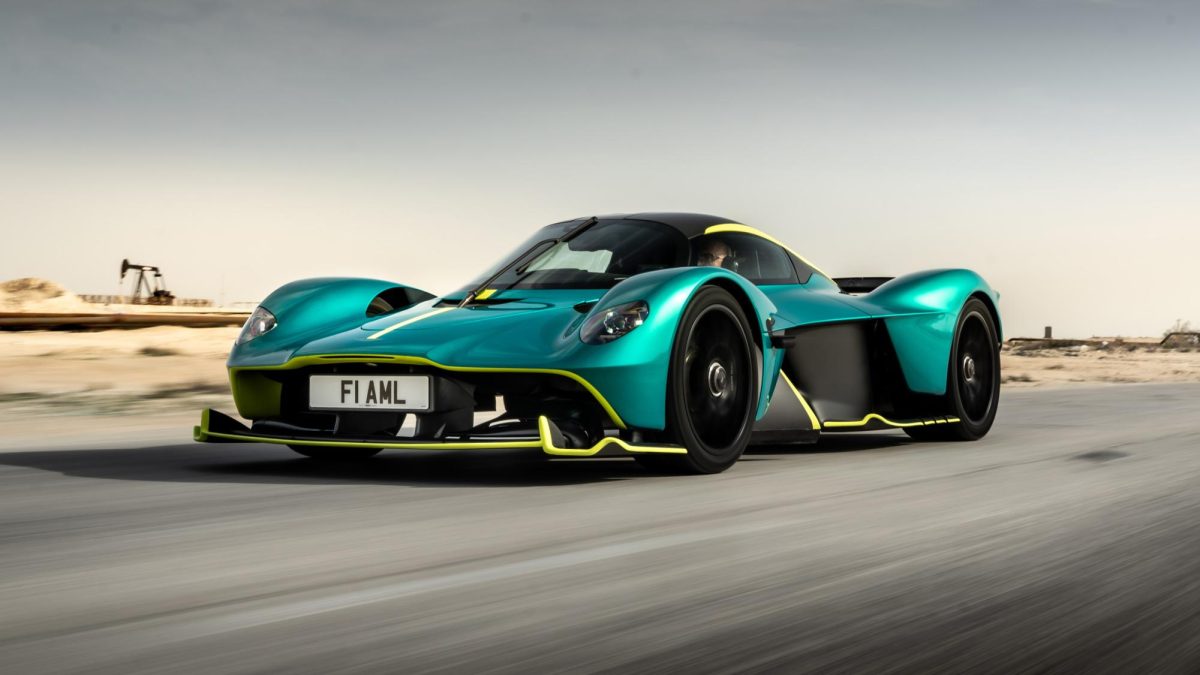The first cars were powered by steam, which, for years, powered trains. Although steam-powered vehicles take a long time to start, their distance is limited. Many other engineers tried to do solo riding vehicles, but they never turned on or drove. In the early 1800s, other engineers tried making the first electric-powered buggies. In 1890, William Morrison built the first electric car in the United States. The vehicle could go up to 20 mph, which must be charged every 50 miles.
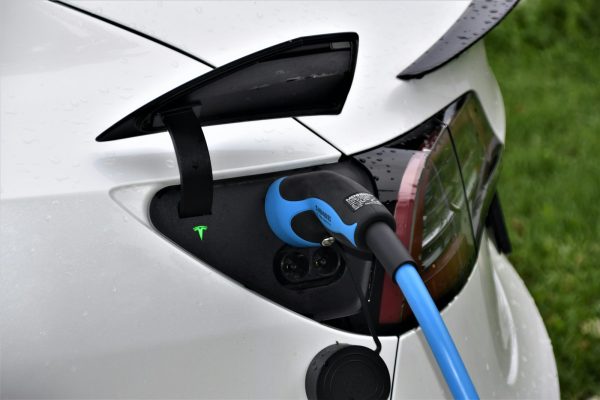
The earliest vehicles were designed after horse carriages with little or no safety features, which also lacked a roof and little comfort. Karl Benz made the first gas-powered car; he received his patent to sell it in 1886. The first car that Benz produced had three wheels and sat three people. In 1893, Benz patented a new double-pivot steering system, which provided more control, which is arguably the first safety feature.

The first cars didn’t have windshields, doors, turn signals, or anything else. It was not until Henry Ford, in 1908, made the Model T that cars started to resemble those of today. Thanks to the assembly line, the Model T could be mass-produced. In 1908, the first electric starter was created, which eliminated the need for the hand crank, which injured the driver.
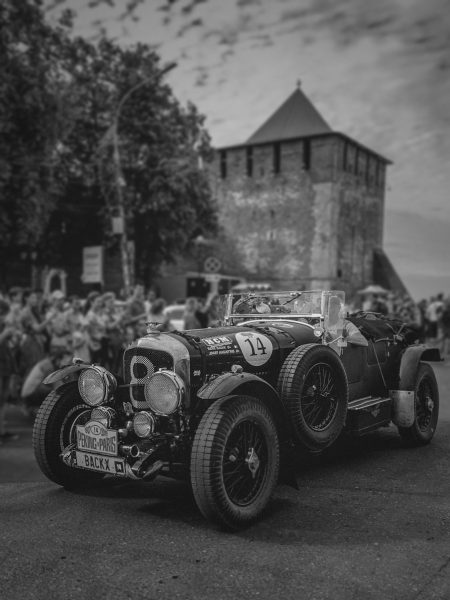
Related stories
- https://www.idrivesafely.com/defensive-driving/trending/evolution-automobile
- https://opentextbooks.clemson.edu/sts1010fidlerfall2021/chapter/the-evolution-of-automobiles/
- https://www.history.com/news/car-history-timeline
- https://www.britannica.com/technology/automobile/History-of-the-automobile
- https://www.tbauto.org/post/history-of-the-automobile
Take action




